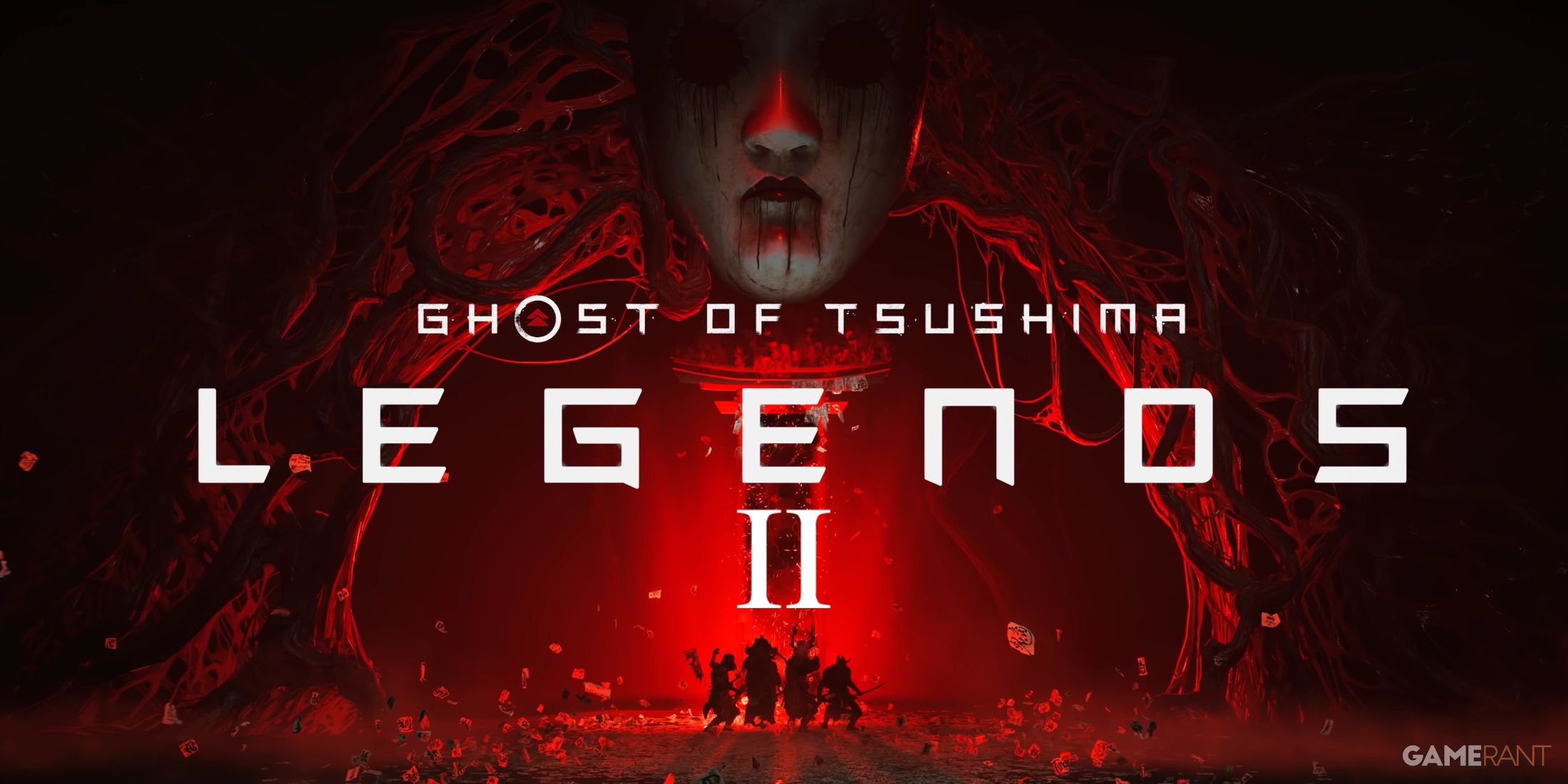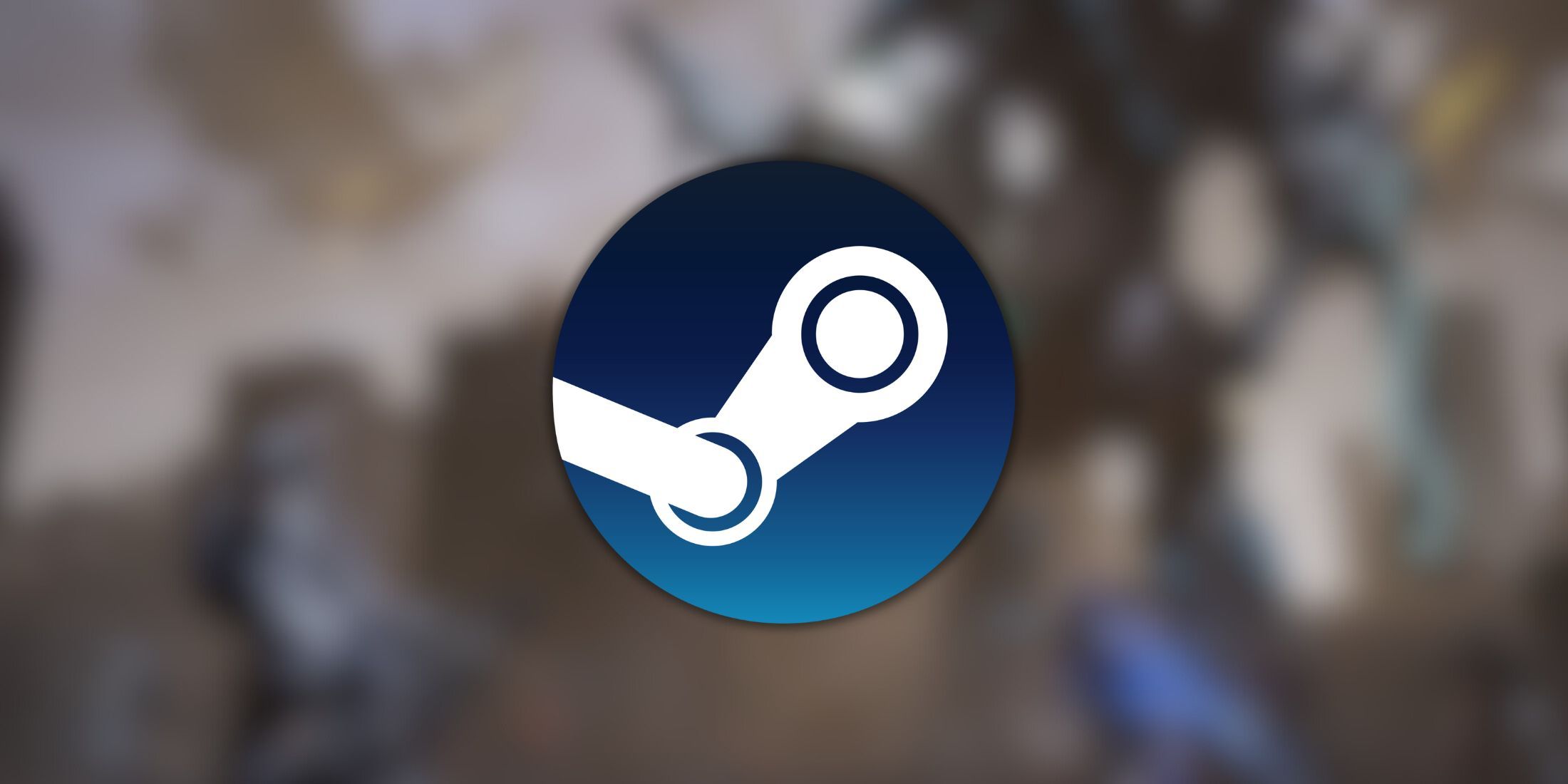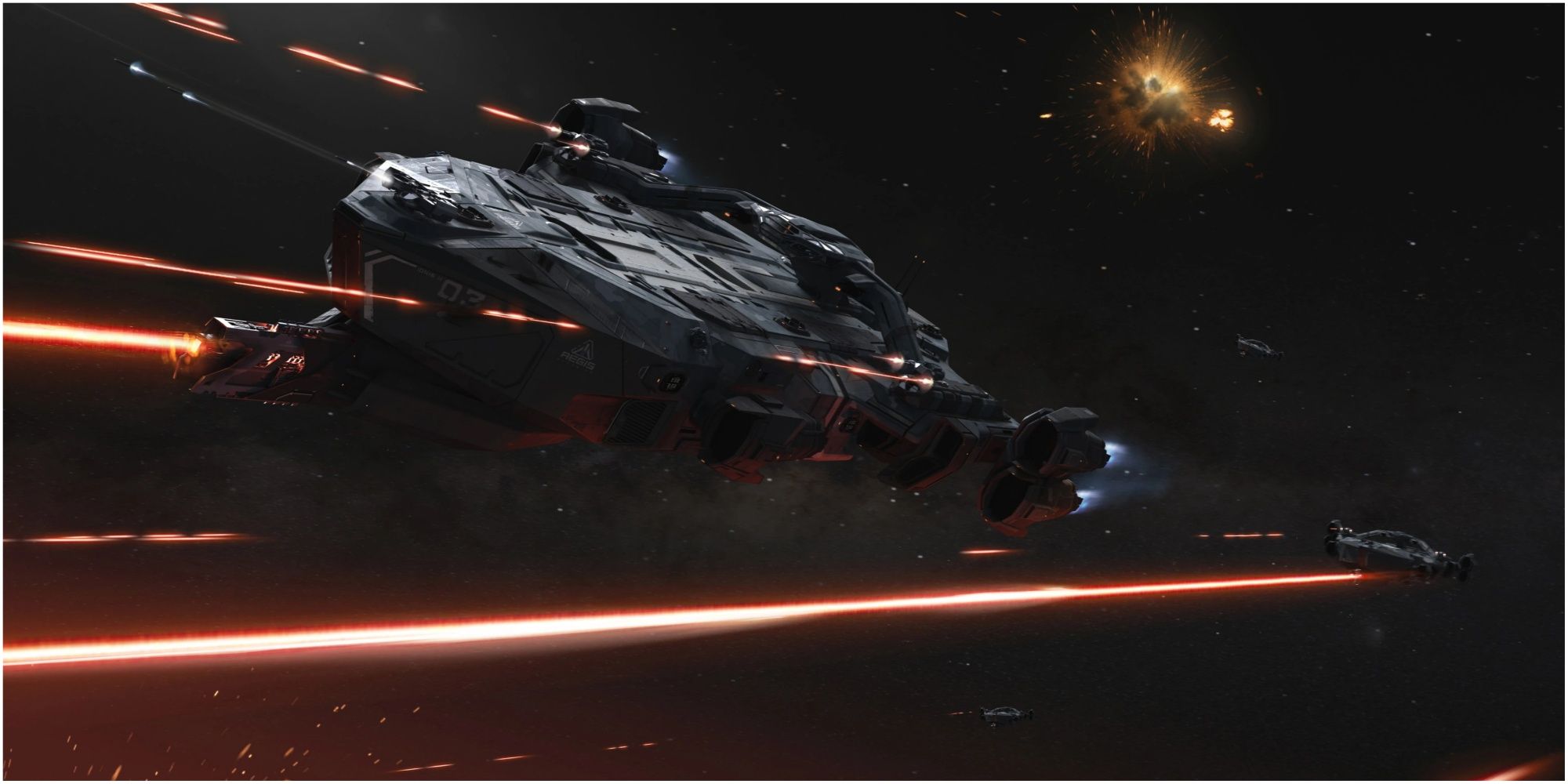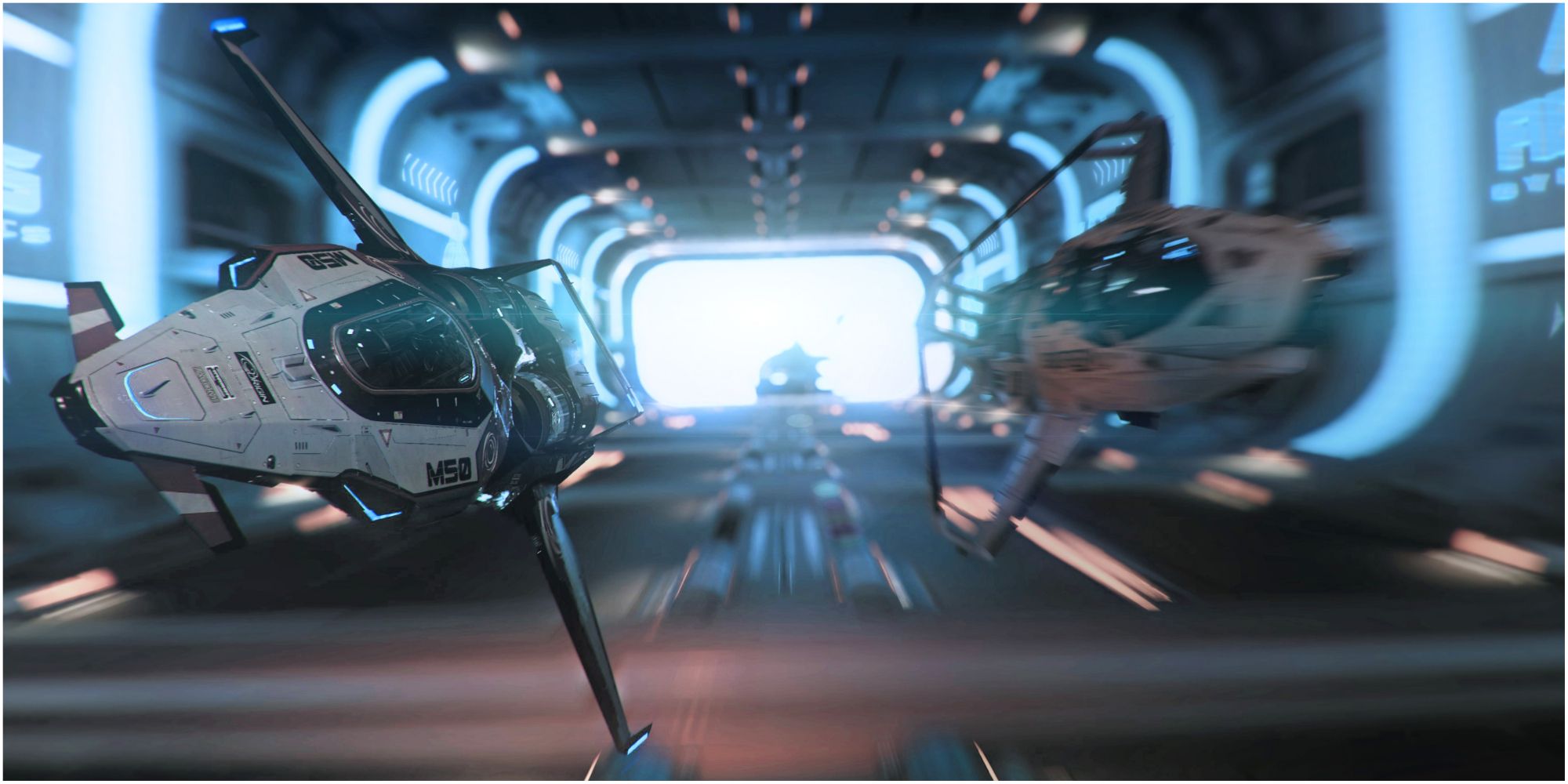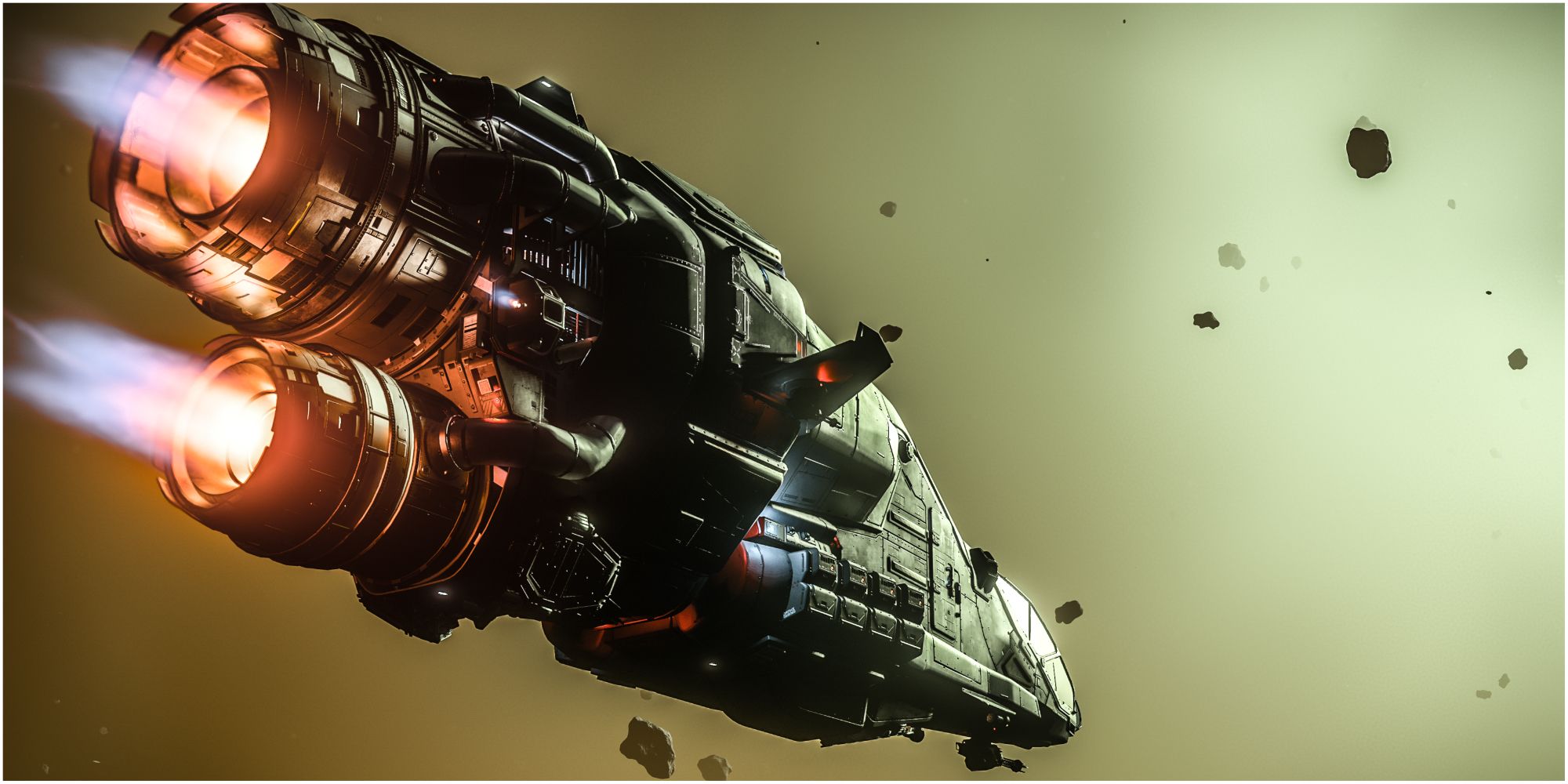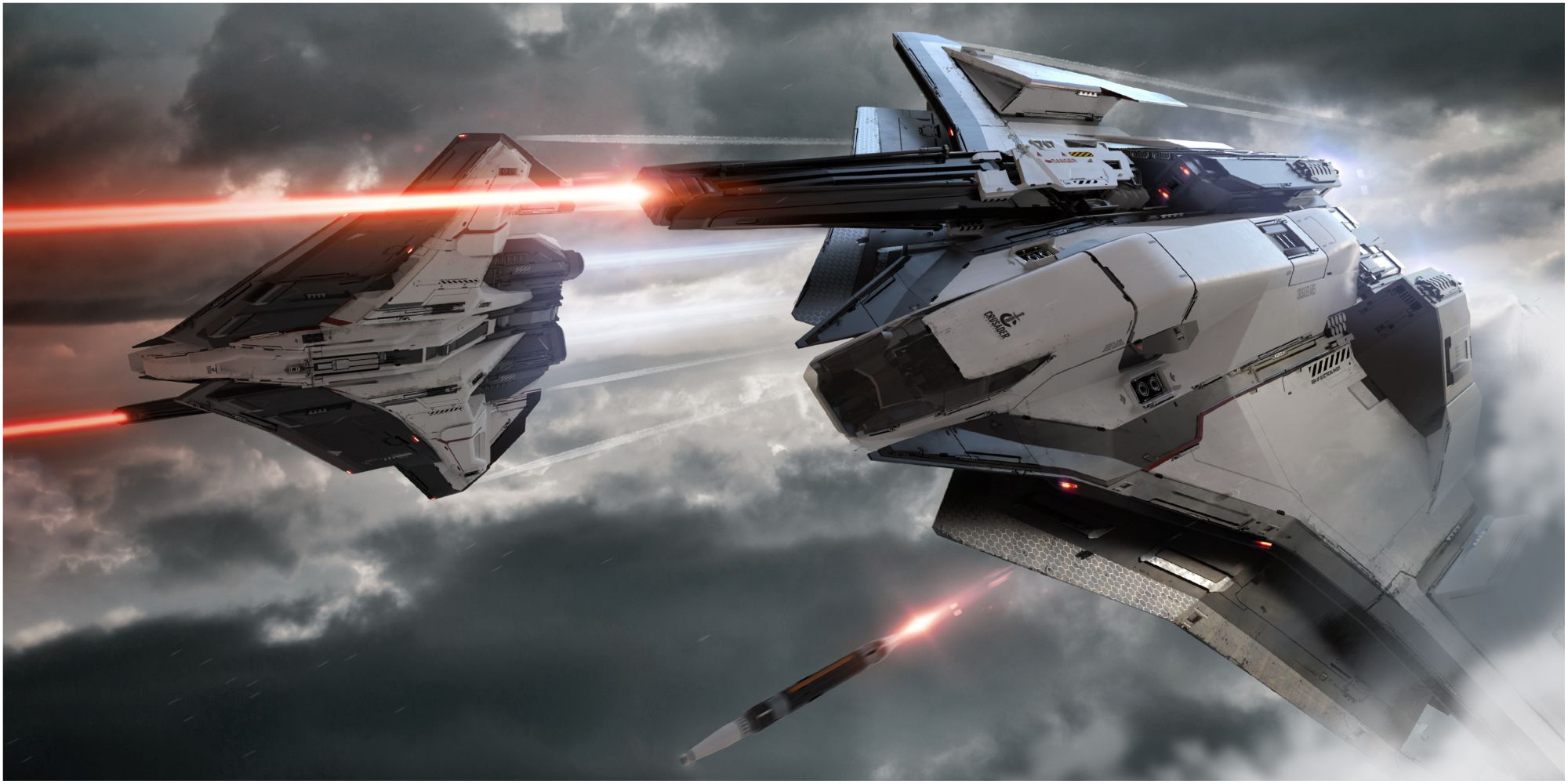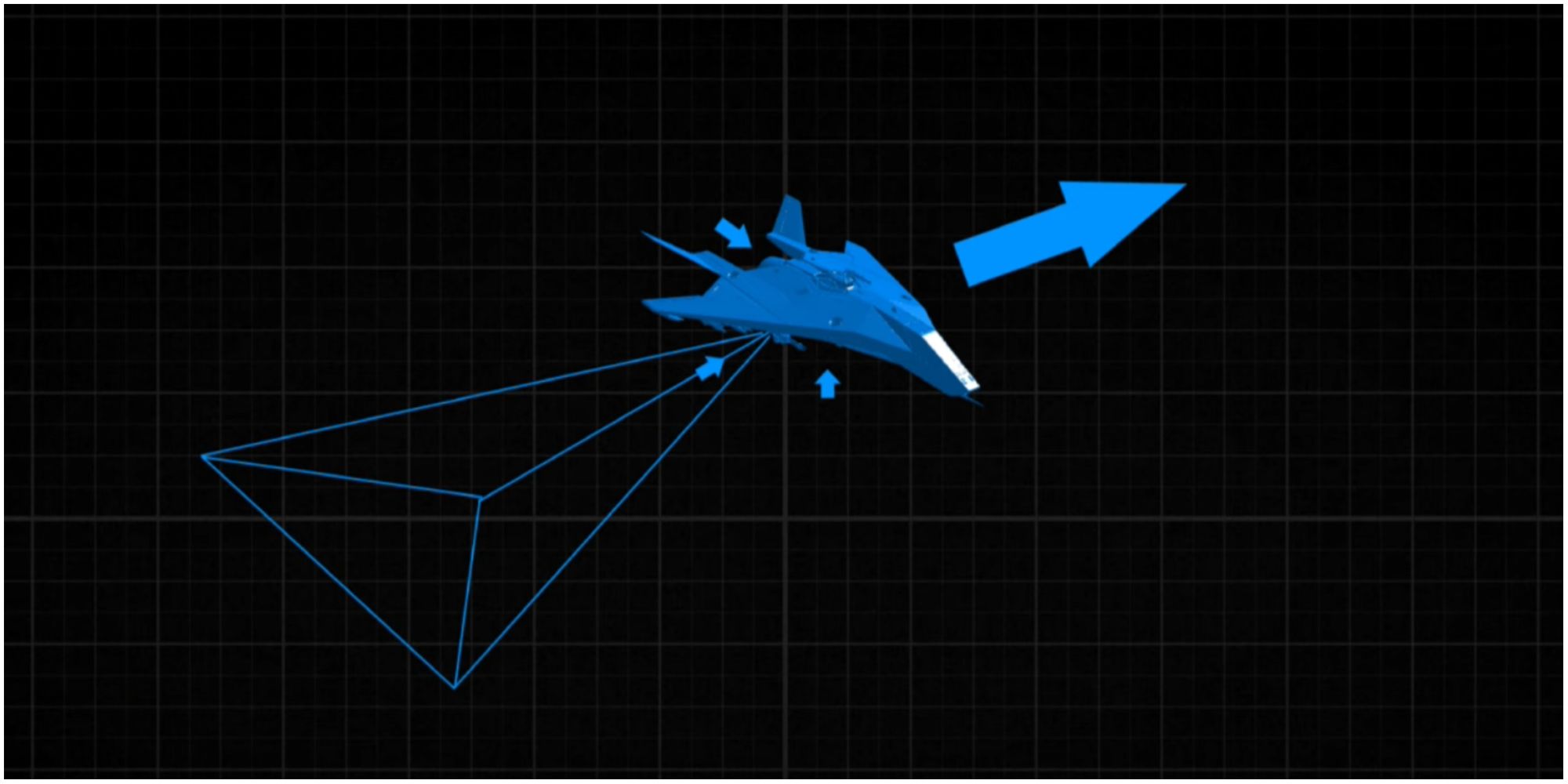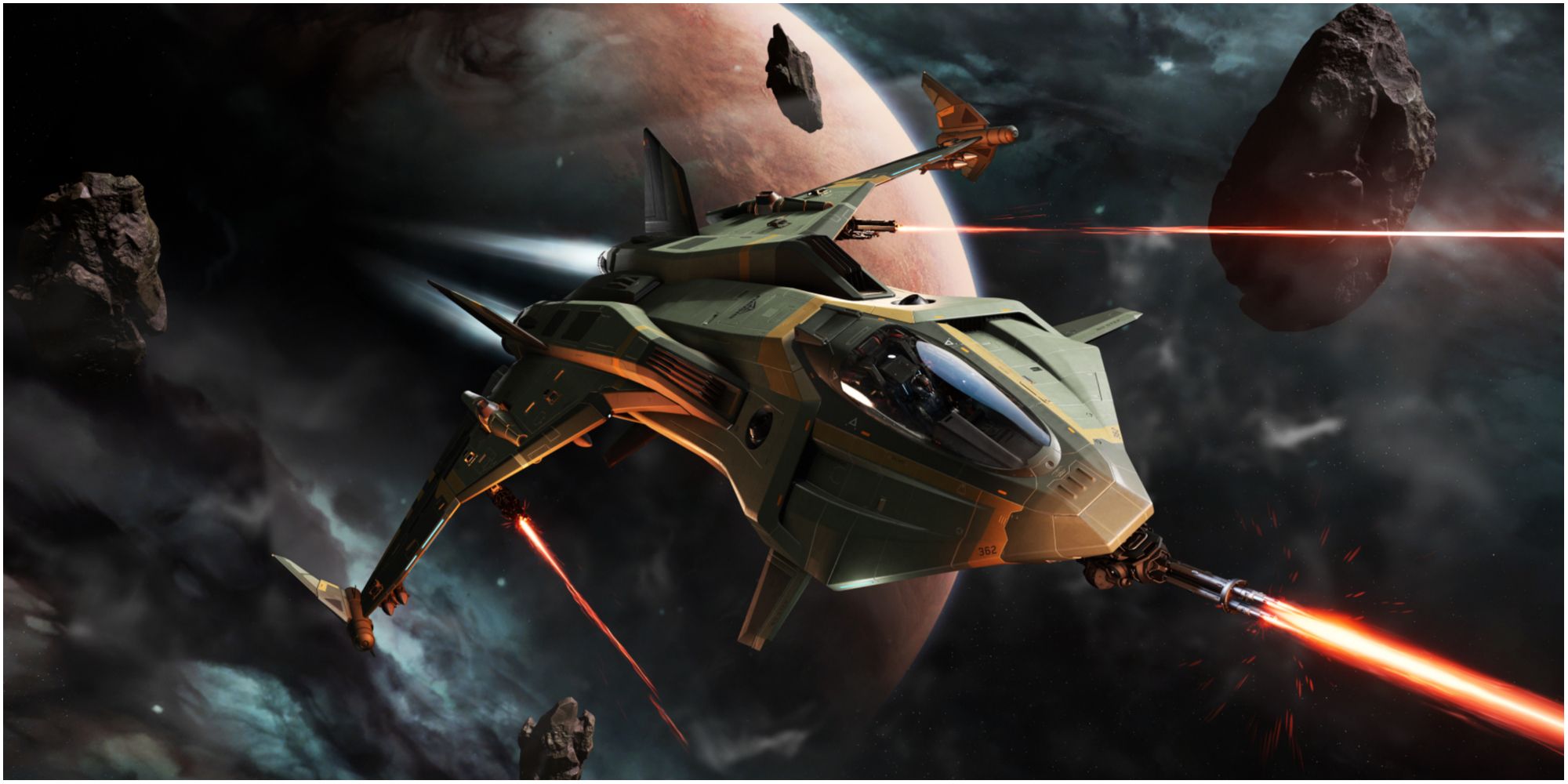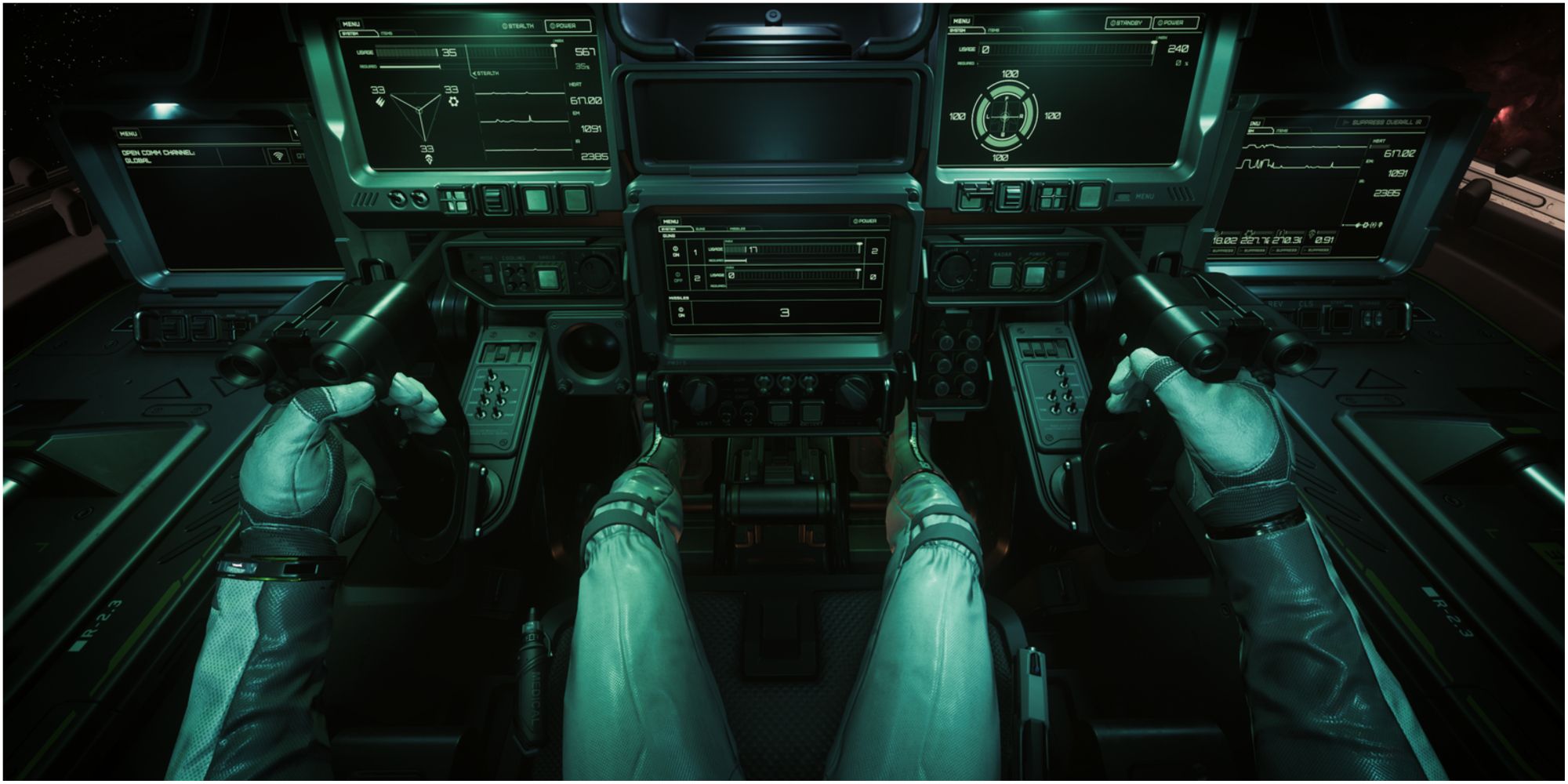Quick Links
Star Citizen has quickly become a playground for those looking to engage in space combat. Although the game does feature other gameplay loops such as on-ground combat and cargo hauling that really open up this galactic sandbox into an amazing platform for players to engage with.
This guide will help players better understand how space combat works with the flight model and some top tips on how to succeed when fighting against other players or NPCs in dedicated fighter ships. For those wanting to become top-tier pilots, it's crucial they understand some key mechanics such as tri-cording, decoupled flight, and roll aiming.
Updates to the Flight Model
Star Citizen is an ever-developing sandbox. This includes the flight model meaning how ships fly in the game now is different from a year ago - and will likely change in the future when updates are required to balance ships.
Most recently, back in October 2022, the flight model received one of its largest updates and changes to balance combat between small and large ships both in space and in atmospheric locations. This adapted how speed affects combat, allowing players to fly at any speed during a fight, rather than fixing them to a specific speed.
This also introduced "ship roles" creating a more diverse system between the sizes of ships. This said all ships follow the same basic thrust model that controls how the ship operates in a zero-G environment which won't be changing in the 3.18 patch.
Thrust Systems
As mentioned before, all ships operate from the same thrust model in a zero-G environment, even when changes are applied to the standard flight model.
Main Engines
The main engines are the main source of thrust for all ships. These are located at the rear of the ship and are the largest thrusters seen on the hull. These can be used in a few ways, most commonly for moving the craft in a forward direction, however, by flipping the ship 180 degrees, they can be used to quickly reduce the speed of the ship and change direction.
Maneuvering Thrusters
The maneuvering thrusters are used for the pitch (rotate up and down), role (rotation), and yaw (turn left and right) movements. Although these are the smallest thrusters found on the ship they are crucial for precise movements and aiming. By using lots of these all over the ship the player has a lot of control over how the ship moves.
Retrograde Thrusters
Finally, the retrograde thrusters can be found at the front of the ship and are the second largest just behind the main engines. These are used to reduce forward momentum when traveling at high speeds and can provide a movement in reverse if needed.
Decoupled Flight
There are two ways to fly a ship in Star Citizen, these being coupled and decoupled. Essentially, when in coupled mode the ship will feel more like a ship flying in the atmosphere. When all control of the ship is released it will try and come to a stop as if there is a force acting upon it.
When in decoupled mode, the flight model changes allowing the pilot to rotate the ship freely without affecting the movement vector. This does make it slightly more challenging to fly but does give a lot more freedom and control when in combat. All ships handle slightly differently in this mode due to the weight and size of each, this is something to keep in mind when buying a new ship.
Although it isn't recommended for new pilots to utilize this mode, it's a good idea to practice flying decoupled to improve their skills in the starter ships. To enable/disable this mode, simply press Alt+C.
Understanding Tri-cording
Tri-cording is the theoretical and physical model used for flight in a zero-G environment. Essentially, this helps to explain the movement of ships in Star Citizen and how to best utilize the thrusters of each ship. Although this is currently in the game, there is a large debate among the community about whether this should be a feature in the game.
The main effect this has on combat in the game is the increased acceleration ships are able to achieve by applying force in 3 vectors. This allows small ships to change direction incredibly quickly, but this is only effective in the decoupled flight mode.
It's important to be aware of tri-cording, especially when facing enemy players or the Extreme Risk bounty targets.
Understanding Roll Aim
"Roll aim" is another theory used in flight combat that can help players stay on target when facing fast-moving enemies.
The key here is to not look at the orientation of the enemy target, instead, observe the direction they are drifting. By keeping this direction in line with the pitch of the ship, the player can easily stay on target without needing to incorporate another vector of movement.
This can be tricky to understand at first, but practice makes perfect. Avenger One, a Star Citizen content creator, has some amazing guides on piloting combat and goes into great detail on best practices and techniques for completing missions.
Mouse Vs Joystick: Which is Better?
There's really no argument to be had here. Using a joystick is far better in combat than using a mouse. Players may struggle at first when switching over to the more realistic feel of a joystick, but it gives the user far more control over the ship, especially in rolling movements.
For those used to FPS combat, a mouse is a great start, but it doesn't give much control due to the lack of roll input. The player will need to use the "Q" and "E" keys for this which is not a smooth input and can be detrimental when making precise maneuvers in combat or during race missions.
Star Citizen is available on PC.

